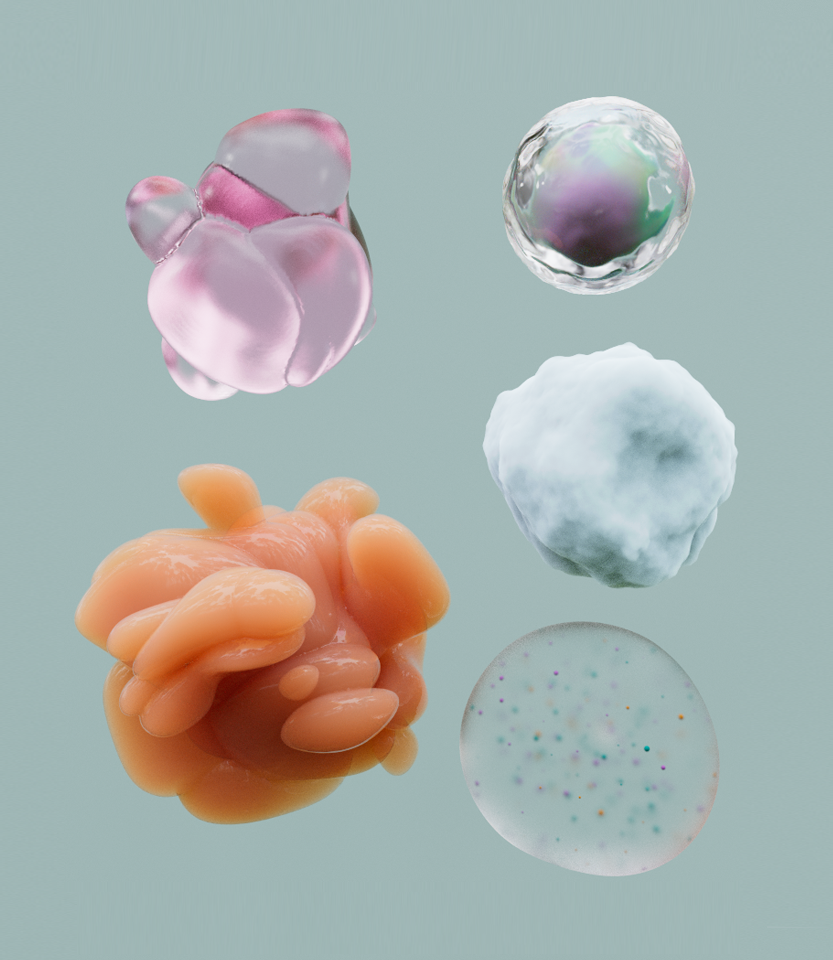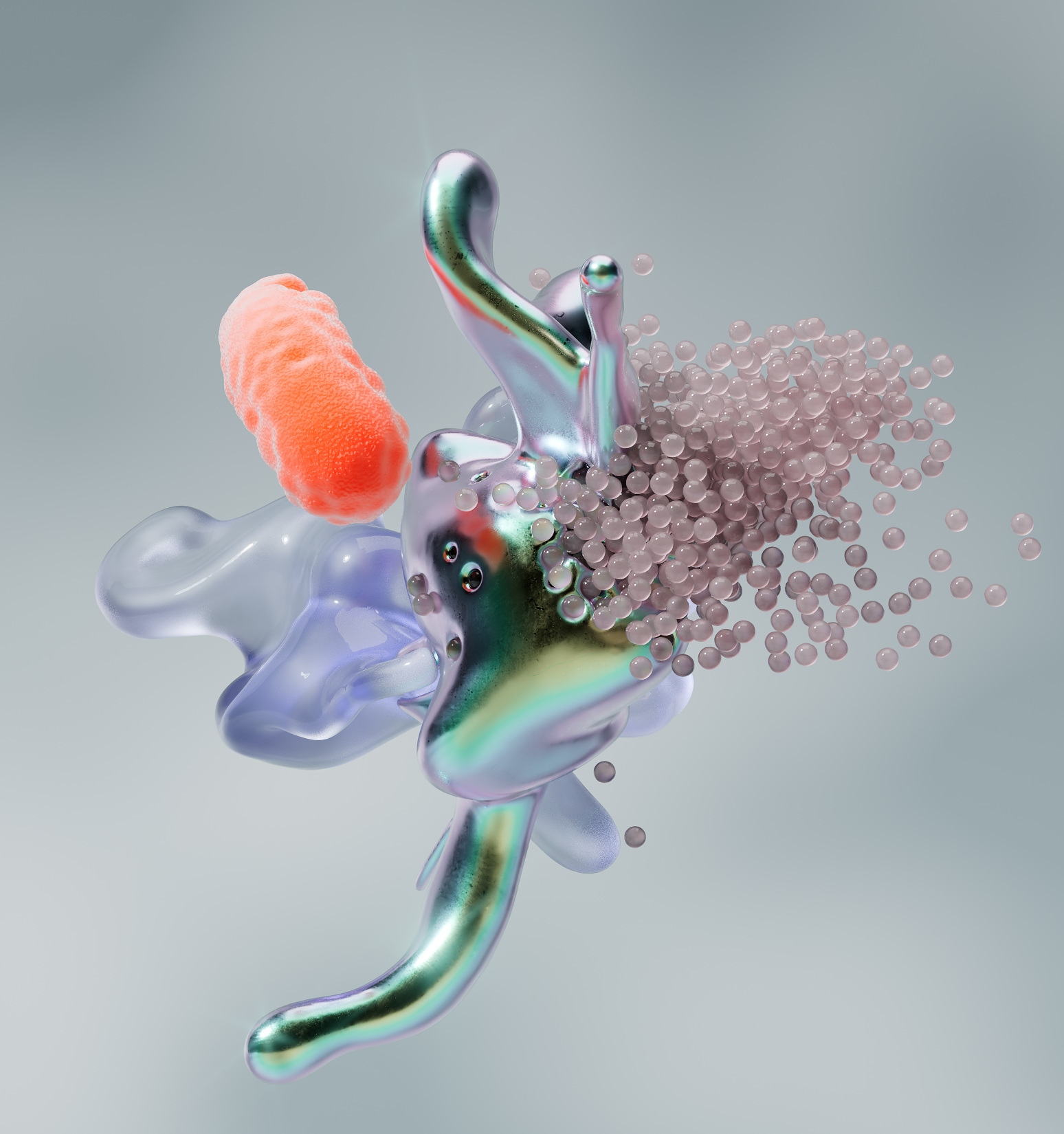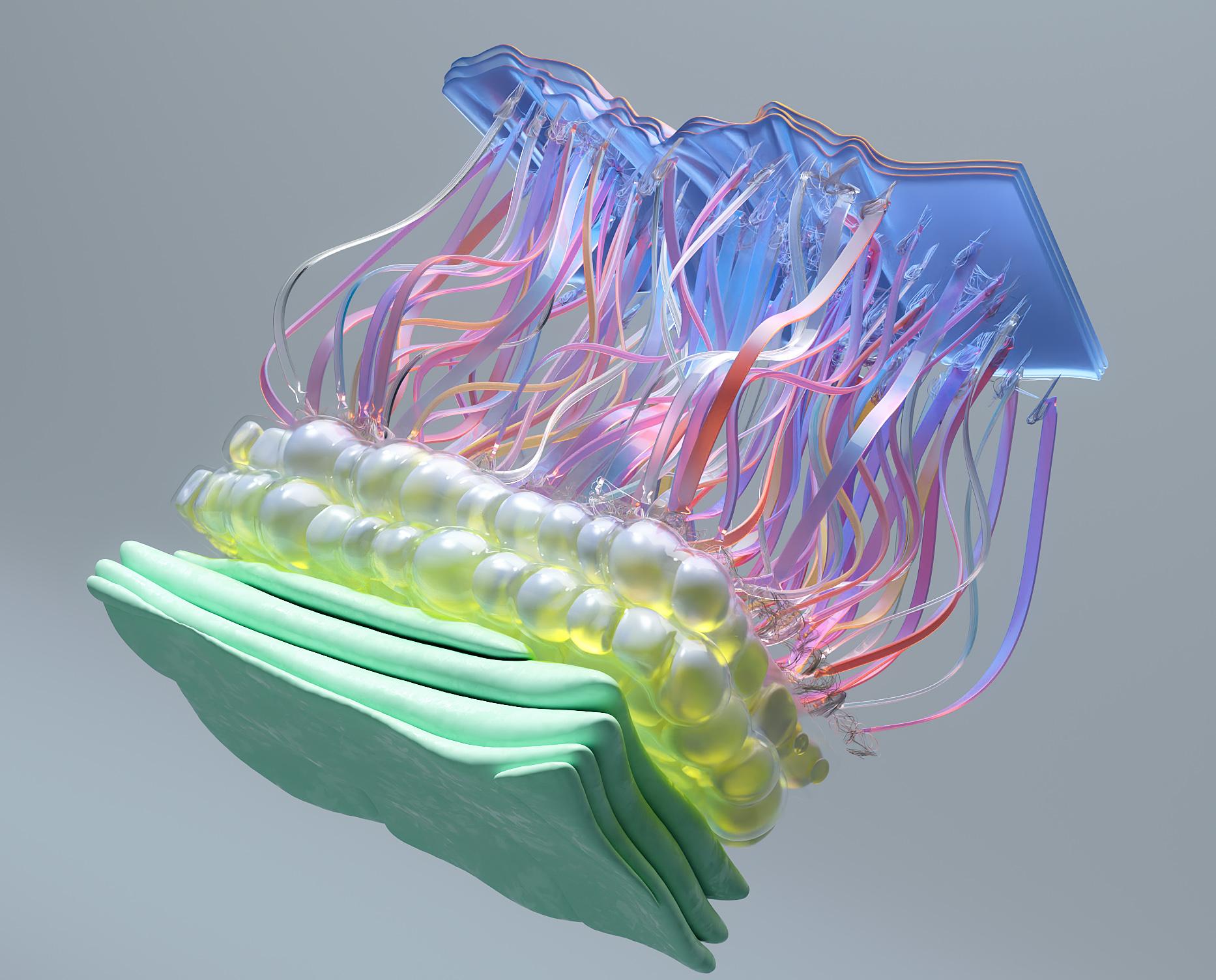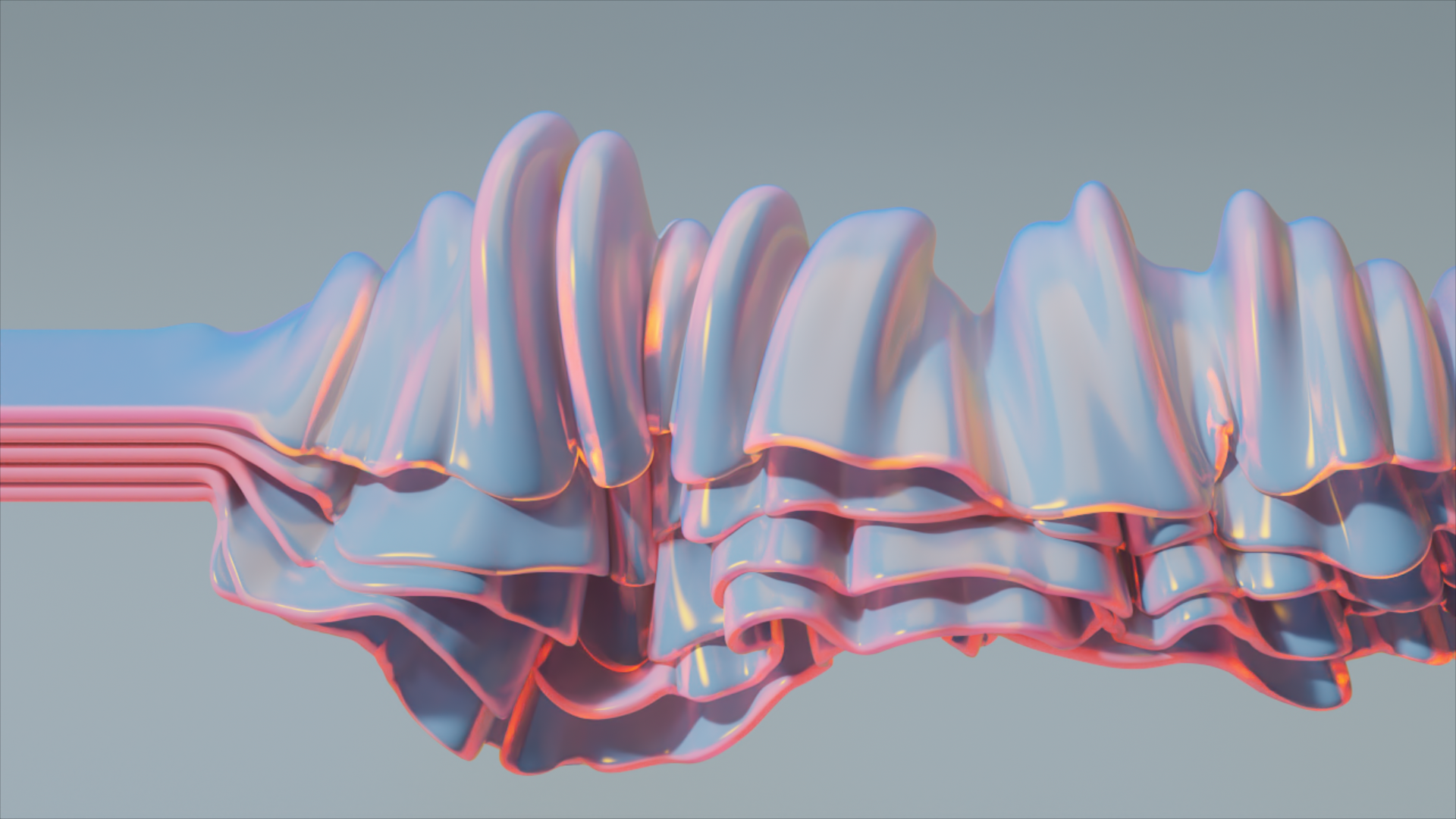gvv.mpi-inf.mpg.de/projects/LiveIlluminationDecomposition/





3Dprinting (172) A.I. (660) animation (334) blender (194) colour (225) commercials (46) composition (150) cool (358) design (627) Featured (65) hardware (302) IOS (109) jokes (134) lighting (278) modeling (116) music (183) photogrammetry (171) photography (744) production (1233) python (84) quotes (485) reference (305) software (1319) trailers (295) ves (522) VR (219)
Year: 2021
-
The Farm to acquire Technicolor Post and VFX in the UK
www.broadcastnow.co.uk/tech/the-farm-to-acquire-technicolor-post-and-vfx/5159141.article
The companies involved are the businesses operated under the ‘Technicolor Post’ and ‘Technicolor VFX’ brands, and not Technicolor-owned facilities such as The Mill and MPC.
-
Key/Fill ratios and scene composition using false colors
To measure the contrast ratio you will need a light meter. The process starts with you measuring the main source of light, or the key light.
Get a reading from the brightest area on the face of your subject. Then, measure the area lit by the secondary light, or fill light. To make sense of what you have just measured you have to understand that the information you have just gathered is in F-stops, a measure of light. With each additional F-stop, for example going one stop from f/1.4 to f/2.0, you create a doubling of light. The reverse is also true; moving one stop from f/8.0 to f/5.6 results in a halving of the light.
Let’s say you grabbed a measurement from your key light of f/8.0. Then, when you measured your fill light area, you get a reading of f/4.0. This will lead you to a contrast ratio of 4:1 because there are two stops between f/4.0 and f/8.0 and each stop doubles the amount of light. In other words, two stops x twice the light per stop = four times as much light at f/8.0 than at f/4.0.
theslantedlens.com/2017/lighting-ratios-photo-video/
Examples in the post
-
Monitor Color Calibration Probes – Datacolor SpyderX vs X-Rite i1Display Pro Plus
https://www.amazon.ca/dp/B0076A620Y
Datacolor SpyderX Elite
This excellent monitor calibrator comes with useful features, such as multi-monitor and projectors support, and it can detect the light conditions you’re working in to ensure your monitor looks its best.X-Rite i1Display Pro Plus
Supports multiple monitors and HDR.
You’re able to use your profile across multiple displays (either on the same machine or network) as well as assess the ambient light in your workspace to set your monitor up for best results.https://www.amazon.ca/X-Rite-i1Display-Pro-Plus-EODIS3PL/dp/B07XFX74V6
-
Academy Award for Best Cinematography – Top 20 Winners Breakdown
www.studiobinder.com/blog/academy-award-for-best-cinematography-winners
2019 – Roger Deakins, 1917
2018 – Alfonso Cuarón, Roma
2017 – Roger Deakins, Blade Runner 2049
2016 – Linus Sandgren, La La Land
2015 – Emmanuel Lubezki, The Revenant
2014 – Emmanuel Lubezki, Birdman or (The Unexpected Virtue of Ignorance)
2013 – Emmanuel Lubezki, Gravity
2012 – Claudio Miranda, Life of Pi
2011 – Robert Richardson, Hugo
2010 – Wally Pfister, Inception
2009 – Mauro Fiore, Avatar
2008 – Anthony Dod Mantle, Slumdog Millionaire
2007 – Robert Elswit, There Will Be Blood
2006 – Guillermo Navarro, Pan’s Labyrinth
2005 – Dion Beebe, Memoirs of a Geisha
2004 – Robert Richardson, The Aviator
2003 – Russell Boyd, Master and Commander: The Far Side of the World
2002 – Conrad L. Hall, Road to Perdition
2001 – Andrew Lesnie, The Lord of the Rings: The Fellowship of the Ring
2000 – Peter Pau, Crouching Tiger, Hidden Dragon
1999 – Conrad L. Hall, American Beauty
1998 – Janusz Kamiński, Saving Private Ryan
1997 – Russell Carpenter, Titanic
1996 – John Seale, The English Patient
1995 – John Toll, Braveheart
1994 – John Toll, Legends of the Fall
1993 – Janusz Kamiński, Schindler’s List
1992 – Phillipe Rousselot, A River Runs Through It
1991 – Robert Richardson, JFK
1990 – Dean Semler, Dances with Wolves
1989 – Freddie Francis, Glory
1988 – Peter Biziou, Mississippi Burning
1987 – Vittorio Storaro, The Last Emperor
1986 – Chris Menges, The Mission
1985 – David Watkin, Out of Africa
1984 – Chris Menges, The Killing Fields
1983 – Sven Nykvist, Fanny and Alexander
1982 – Billy Williams, Ronnie Taylor, Gandhi
1981 – Vittorio Storaro, Reds
1980 – Geoffrey Unsworth, Ghislain Cloquet, Tess
1979 – Vittorio Storaro, Apocalypse Now
1978 – Néstor Almendros, Days of Heaven
1977 – Vilmos Zsigmond, Close Encounters of the Third Kind
1976 – Haskell Wexler, Bound for Glory
1975 – John Alcott, Barry Lyndon
1974 – Fred J. Koenekamp, Joseph Biroc, The Towering Inferno
1973 – Sven Nykvist, Cries and Whispers
1972 – Geoffrey Unsworth, Cabaret
1971 – Oswald Morris, Fiddler on the Roof
1970 – Freddie Young, Ryan’s Daughter
1969 – Conrad Hall, Butch Cassidy and the Sundance Kid
1968 – Pasqualino De Santis, Romeo and Juliet
1967 – Burnett Guffey, Bonnie and Clyde
1966 – Ted Moore, (Color) A Man for All Seasons
Haskell Wexler, (B&W) Who’s Afraid of Virginia Woolf?
1965 – Freddie Young, (Color) Doctor Zhivago
(Ernest Laszlo), (B&W) Ship of Fools
1964 – Harry Stradling, (Color) My Fair Lady (
Walter Lassally, (B&W) Zorba the Greek
1963 – Leon Shamroy, (Color) Cleopatra
James Wong Howe, (B&W) Hud
1962 – Freddie Young, (Color) Lawrence of Arabia
Jean Bourgoin, Walter Wottitz, (B&W) The Longest Day
1961 – Daniel L. Fapp, (Color) West Side Story
Eugen Schüfftan, (B&W) The Hustler
1960 – Russell Metty, (Color) Spartacus
Freddie Francis, (B&W) Sons and Lovers
1959 – Robert Surtees, (Color) Ben-Hur
William C. Mellor, (B&W) The Diary of Anne Frank
1958 – Joseph Ruttenberg, (Color) Gigi
Sam Leavitt, (B&W) The Defiant Ones
1957 – Jack Hildyard, The Bridge on the River Kwai
1956 – Lionel Lindon, (Color) Around the World in 80 Days
Joseph Ruttenberg, (B&W) Somebody Up There Likes Me
1955 – Robert Burks, (Color) To Catch a Thief
James Wong Howe, (B&W) The Rose Tattoo
1954 – Milton Krasner, (Color) Three Coins in the Fountain
Boris Kaufman, (B&W) On the Waterfront
1953 – Loyal Griggs, (Color) Shane
Burnett Guffey, (B&W) From Here to Eternity
1952 – Winton C. Hoch, Archie Stout, (Color) The Quiet Man
Robert Surtees, (B&W) The Bad and the Beautiful
1951 – Alfred Gilks, John Alton, (Color) An American in Paris
William C. Mellor, (B&W) A Place in the Sun
1950 – Robert Surtees, (Color) King Solomon’s Mines
Robert Krasker, (B&W) The Third Man
1949 – Winton C. Hoch, (Color) She Wore a Yellow Ribbon
Paul C. Vogel, (B&W) Battleground
1948 – Joseph Valentine, William V. Skall, Winton C. Hoch, (Color) Joan of Arc
William Daniels, (B&W) The Naked City
1947 – Jack Cardiff, (Color) Black Narcissus
Guy Green, (B&W) Great Expectations
1946 – Charles Rosher, Leonard Smith, Arthur Arling, (Color) The Yearling
Arthur C. Miller, (B&W) Anna and the King of Siam
1945 – Leon Shamroy, (Color) Leave Her to Heaven
Harry Stradling, (B&W) The Picture of Dorian Gray
1944 – Leon Shamroy, (Color) Wilson
Joseph LaShelle, (B&W) Laura
1943 – Hal Mohr, W. Howard Greene, (Color) Phantom of the Opera
Arthur C. Miller, (B&W) The Song of Bernadette
1942 – Leon Shamroy, (Color) The Black Swan
Joseph Ruttenberg, (B&W) Mrs. Miniver
1941 – Ernest Haller, Ray Rennahan, (Color) Blood and Sand
Arthur C. Miller, (B&W) How Green Was My Valley
1940 – George Périnal, (Color) Thief of Bagdad
George Barnes, (B&W) Rebecca
1939 – Ernest Haller, Ray Rennahan, (Color) Gone with the Wind
Gregg Toland, (B&W) Wuthering Heights
1938 – Oliver T. Marsh, Allen Davey, (Color) Sweethearts
Joseph Ruttenberg, (B&W) The Great Waltz
1937 – W. Howard Greene, (Color) A Star is Born
Karl Freund, (B&W) The Good Earth
1936 – W. Howard Greene, Harold Rossen, (Color) The Garden of Allah
Tony Guadio, (B&W) Anthony Adverse
1935 – Hal Mohr, A Midsummer Night’s Dream
1934 – Victor Milner, Cleopatra
1933/32 – Charles Lang, A Farewell to Arms
1932/31 – Lee Garmes, Shanghai Express
1931/30 – Floyd Crosby, Tabu: A Story of the South Seas
1930/29 – Joseph T. Rucker, Willard Van der Veer, With Byrd at the South Pole
1929/28 – Clyde De Vinna, White Shadows in the South Seas
1928/27 – Charles Rosher, Karl Struss, Sunrise: A Song of Two Humans -
Introduction to Deep Compositing in Foundry Nuke as seen at Weta
The full story
https://www.fxguide.com/fxfeatured/the-art-of-deep-compositing/Deep Compositing in VFX
https://www.diva-portal.org/smash/get/diva2:1325032/FULLTEXT01.pdfWeta
https://www.wetafx.co.nz/research-and-tech/technology/deep-compositing/Camera Space Deep Volumetric Shadows at Weta
https://jo.dreggn.org/home/2012_camera_space.pdfDeep Volumes on Blade Runner 2049
https://www.foundry.com/insights/film-tv/blade-runner-2049-compositingIntro to Deep Compositing
Deep Compositing Webinar
-
Export animated gifs from Gimp / Photoshop
GIMP
- Prepare all layers, the bottom one will be the first frame
- Select filters>animation>Optimize(for GIF)
- ExportAs yourfilename.gif
- Turn on Animated Gif Optons
- Set delay to 2000 milliseconds (2 seconds)
- Set “Use delay entered above for all frames”
https://neondigitalarts.com/how-to-make-a-gif-using-gimp-software/
Photoshop
- Prepare all layers, the top one will be the first frame
- open the Timeline panel
- On the right panel’s menu, select Make Frames From Layers
- Set the loop option on the bottom Timeline panel to Forever
- Set each frame duration
- Export as a gif File > Export > Save for Web (Legacy).
https://www.adobe.com/creativecloud/photography/discover/make-a-gif.html
-
FuseFX Acquires Rising Sun Pictures
www.awn.com/news/fusefx-acquires-rising-sun-pictures
FuseFX, a full-service, award-winning visual effects company with studios in Los Angeles, New York, Atlanta, Vancouver, Montréal, Toronto, and Bogotá, is pleased to announce its acquisition of Rising Sun Pictures, a world-renowned, high-end visual effects studio headquartered in Adelaide, Australia
-
Volume 2 of The Epic Virtual Production Field Guide now available
https://www.unrealengine.com/en-US/blog/volume-2-of-the-virtual-production-field-guide-now-available
https://cdn2.unrealengine.com/Virtual+Production+Field+Guide+Volume+2+v1.0-5b06b62cbc5f.pdf
https://www.vesglobal.org/wp-content/uploads/2021/04/VirtualProductionFieldGuideVolume2New.pdf
v2.1.0 Local copy:
-
Monitors For Video Editing & Vfx work – Eizo ColorEdge CG319X 4K 31"
www.cgdirector.com/best-monitor-graphic-design-video-editing-3d/
There are three main Panel Types found in today’s modern Monitors.
The TN Panel (Twisted nematic)
The VA Panel (Vertical Alignment)
The IPS Panel (In-plane Switching)The IPS Panel is the best panel type for visually demanding work.
imagescience.com.au/products/monitors/monitors-for-video-editing-and-vfx
The Eizo CG319X is the current benchmark monitor for video work from Eizo, the most respected name in the high end colour accurate monitor business.
Used by some of the world’s best VFX studios – like WETA Digital and Studio Ghibli – this full true 4K monster offers superb accuracy, DCI true blacks, and fully automatic calibration with a in-built high quality calibration sensor, very generous working area, and true full 4K resolution. It can show nearly all of the DCI-P3 colour space with extreme precision.
If you’ve got the budget, this is without doubt the monitor to own for high end video and FX work.
imagescience.com.au/products/monitors/eizo-coloredge-cg319x-4k
-
Internet Archive – a non-profit digital library
Internet Archive is a non-profit library of millions of free books, movies, software, music, websites, and more.
COLLECTIONS
| Featured AI
| Design And Composition
| Explore posts
POPULAR SEARCHES
unreal | pipeline | virtual production | free | learn | photoshop | 360 | macro | google | nvidia | resolution | open source | hdri | real-time | photography basics | nuke
FEATURED POSTS
-
Types of Film Lights and their efficiency – CRI, Color Temperature and Luminous Efficacy
-
59 AI Filmmaking Tools For Your Workflow
-
Principles of Animation with Alan Becker, Dermot OConnor and Shaun Keenan
-
How does Stable Diffusion work?
-
Gamma correction
-
Photography basics: How Exposure Stops (Aperture, Shutter Speed, and ISO) Affect Your Photos – cheat cards
-
Image rendering bit depth
-
copypastecharacter.com – alphabets, special characters and symbols library
Social Links
DISCLAIMER – Links and images on this website may be protected by the respective owners’ copyright. All data submitted by users through this site shall be treated as freely available to share.




